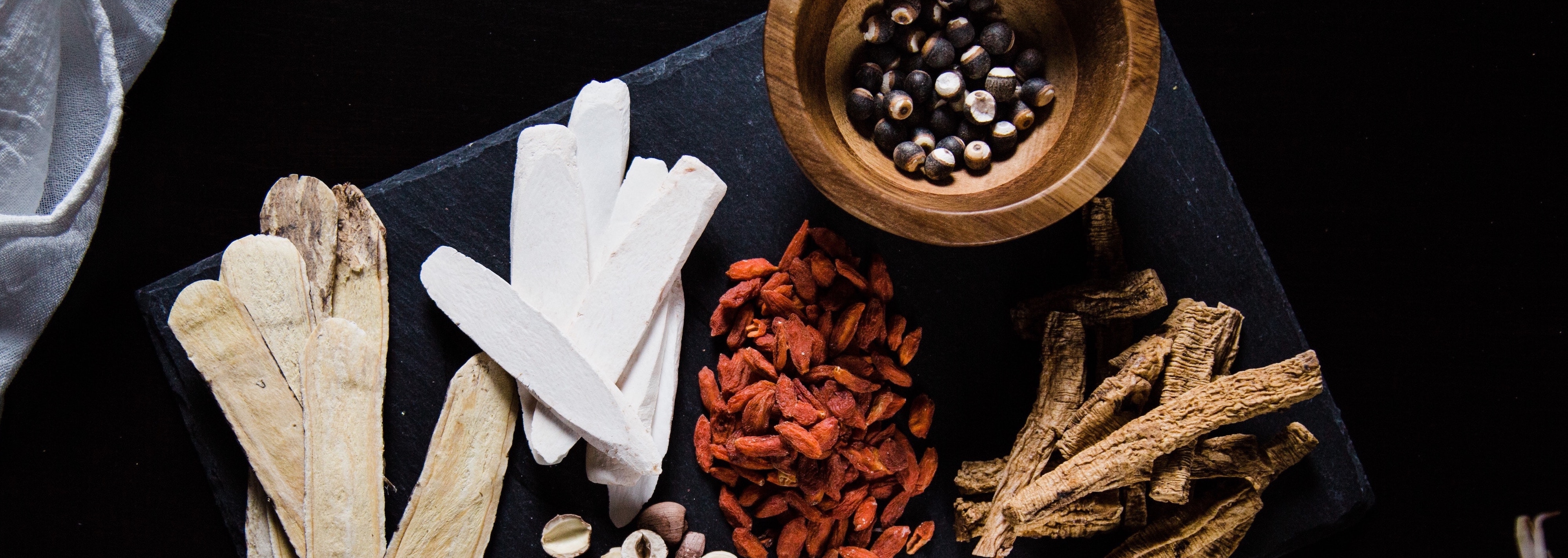HERBAL MEDICINE
The use of herbal formulas is an important facet of traditional Chinese medicine, evolving over the past 3,000 years to include nearly 6,000 substances from around the world. The pharmacopia includes many exotic ingredients but some of the most commonly used herbs are foods like dried dates, berries, mint, citrus peel, ginger and licorice as well as many of the ingredients you might find in your spice drawer like cinnamon, cloves, cardamom and fennel. In fact, the best herbal medicines are the gentlest according to the traditional Chinese philosophy of preventing disorders by keeping the body strong and treating disease at the earliest stages when it is most likely to respond to conservative measures.
A key difference between eastern and western approaches to medicine is that the traditional Chinese approach almost always uses therapeutic substances in combination (polypharmacy) while modern medicine tries to isolate the most active compound and deliver it in a highly concentrated form. A traditional formula will usually focus on a primary herb but will also include others to help reinforce the main ingredient or buffer against side effects. Although there is a tendency in the medical community to dismiss herbalism as unscientific, the 2015 Nobel Prize in medicine suggests there can be great value in the traditional use of herbs in classical formulation.
Herbal formulas were traditionally boiled down in a multistage process to produce a concentrated tea in a time and labor-intensive process with only occasionally palatable results. In modern practice, many classical formulas are available as tea pills, powders or liquid extracts. Herbal formulas intended for external application are available as liniments, ointments and plasters.
